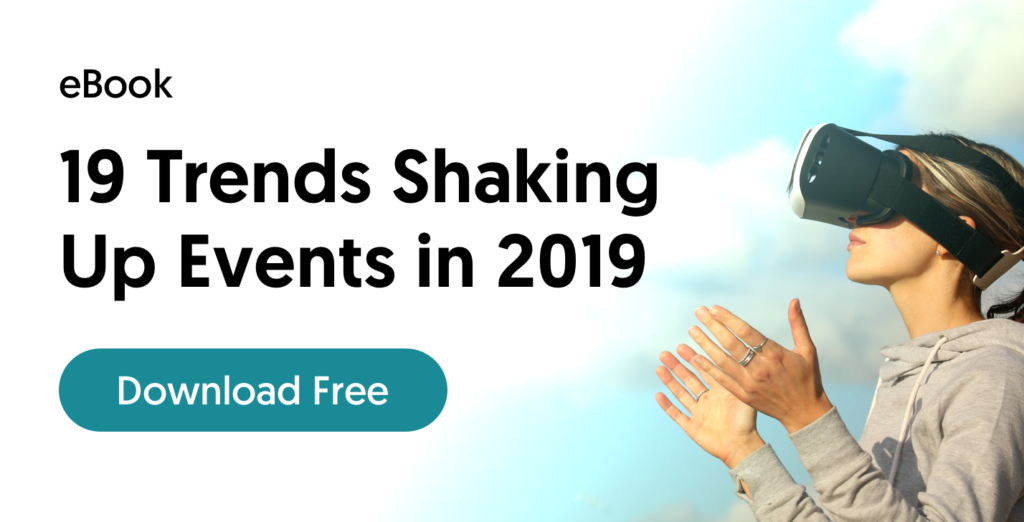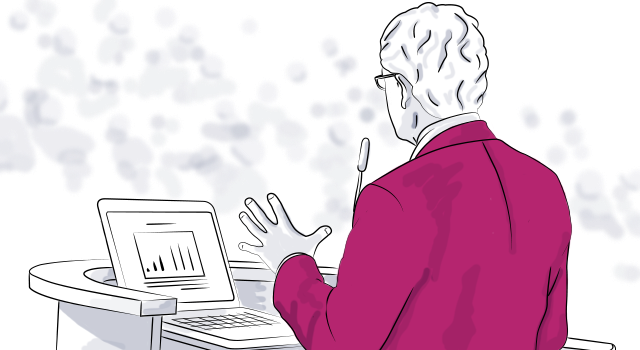
9 Steps for Delivering a Successful Event Presentation
Here are nine effective presentation delivery methods that can help you keep the audience engaged. Just follow these simple pointers to deliver a successful event presentation.
Discover The Methods to Delivering a Successful Event Presentation
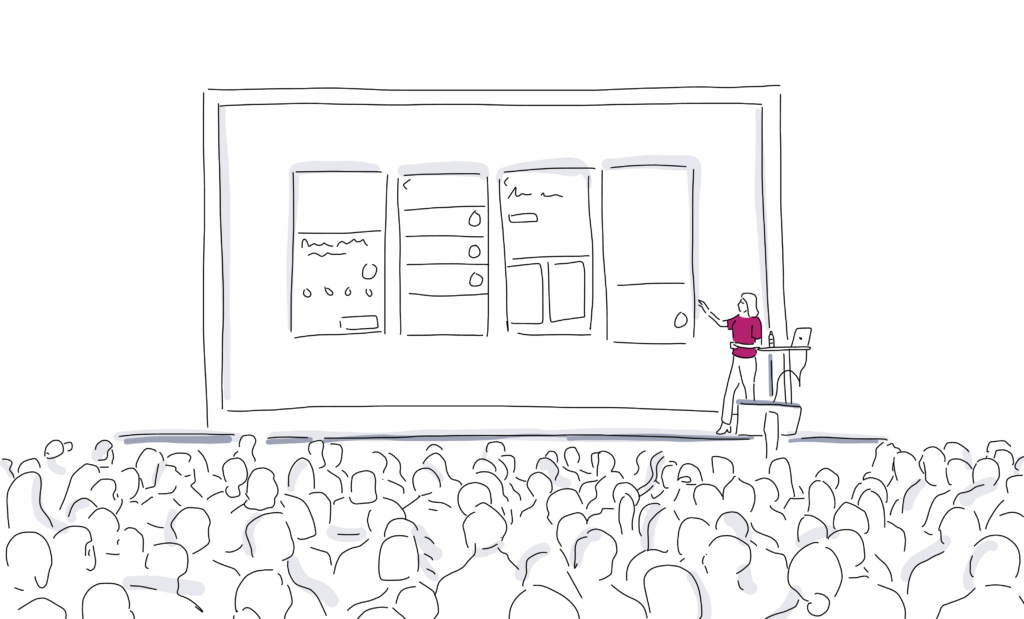
1. The 20-Minute Rule
If you don’t feel like you have your presentation squared away as much as you wish at the 20-minute mark before it’s time to speak, you’re not going to accomplish anything by cramming through it in your head at that point. It is too late for that. Actually, you’re just going to make things worse for yourself.
At T-20 minutes before launch, put your materials away. By now you should know that you have something of value to share with the audience. Embrace that. Put away any doubts. You’re committed to this and you need to get your brain right.
2. Walk Up on Stage
It’s a big shock the first few times you get up in front of a large audience. All of those faces look a lot different from a podium than they do when you’re comfortably sitting among them.
Definitely, do this. Go up on stage, or wherever you’re going to be speaking, 20 minutes before the live presentation. That will help lessen the initial shock when you walk up there for real. Get comfortable with the room when it’s empty. Make it your room. Just stand there for a few minutes and practice your first three opening sentences.
Also get comfortable with the remote and microphone. Is there a laptop on the lectern that you need to use? Do you have both a lectern mike and a remote mike? Do you know how to use them? If you’re going to be roaming around the room, do you know what speakers not to walk in front of to avoid annoying audio feedback?
3. Just Breathe
I started doing this before my third presentation and it’s made a ton of difference to help avoid the jitters. Around 10-15 minutes before speaking, walk outside the room where you can be alone for a few minutes. Focus on your breathing. Forget about the presentation content completely. If you’ve prepared well, it’s going to be there in your brain when you need it.
The goal here is to get out of your head and relax your body. It’s a physiological shift. A live presentation is a live presentation, and you now need to start engaging with people, not just yourself. A great way to do that is by simply loosening up your body and slowing down your breathing. You’re human. Be human. Don’t be a walking, talking PowerPoint slide deck.
4. Walk Among the Audience
I spend the last 10 minutes before any presentation engaging with people who are already in the room. Say hi, get to know someone, shake some hands, or just hang out with people you already know. Smile. If you don’t feel like smiling, then change how you feel.
At the same time, think about how you want to walk among the audience during the presentation if that’s part of your plan. I prefer to move when I’m presenting so I walk around a bit before the live engagement.
5. Own the Beginning For Successful Event Presentations
You’ll read a lot of content on public speaking about how you should open with a bang, or say something funny to put your audience and yourself at ease. If you can, great. But if you try and force a joke and it goes flat, you’re digging yourself a hole right off the bat. Know your strengths, and leverage those. If you’re the chirpy type, go with that. If you’re content-driven, like I am, deliver an interesting anecdote.
Most people prefer that you skip generic platitudes like, It’s really great to be here, or How is everybody today? But you have to say something, right? You can’t just stand there silently or people are going to think you’re weird.
You have to be yourself and accept that 100 percent. I usually play it a little conservative at the beginning. The best opening lines I’ve found usually include thanking whoever asked me to present or helped me with the preparation process. You can never go wrong with that.
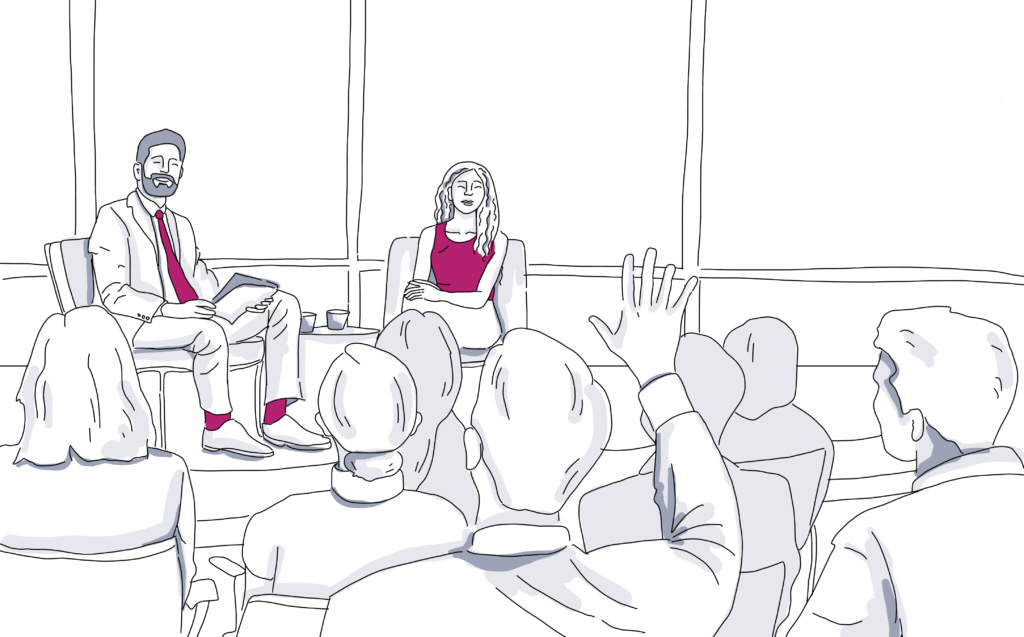
6. Connect With Your Audience
It’s normal when you’re just starting out at public speaking to not think about the audience. You’ve spent a lot of time working with the content alone, but you’re not alone anymore. The best advice someone ever told me about public speaking is: It’s not about what you communicate. It’s about what your audience understands.
So right from the start, remember to look at your audience right, left and center. Make a conscious effort to do that throughout your presentation. If you’re using an audience polling platform like Sli.do, the log-in details should be on the first slide. It also gives you something to say at the beginning, and it’s a great, interactive way to engage audiences in a collective group experience.
7. Conversation Versus Presentation
Unless it’s not appropriate for your presentation, for any number of reasons, think of this experience as a conversation. Write a note somewhere you can see that says conversation in it. A good presentation is a dialogue. You’re co-creating the takeaways.
Adrian Segar, from Conferences That Work, has built his career around this concept. He says that the collective wisdom in the crowd is usually exponentially greater than the person speaking up front. You want to tap into that throughout your presentation.
If you’re using a tech platform for audience engagement, make sure you give yourself enough time to use it. You need to schedule time to explain the process, show the polling questions, wait for the answers, facilitate conversation around the answers, and be present in the moment enough to offer your own insight on the spot.
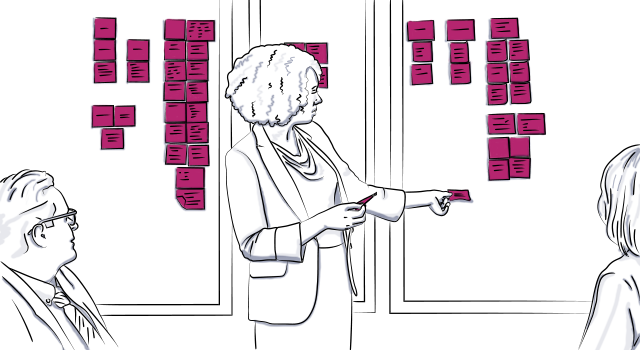
8. Avoid: “Does Anyone Have Any Questions?”
I’ve experienced more than a few times total silence after asking, Does anyone have any questions? Instead, I’ve noticed experienced speakers ask specific questions, especially ones that have answers that you think will make someone look interesting when they answer. I first learned that when Corbin Ball was giving a presentation at an MPI event, and he asked if anyone had used Airbnb during a convention.
Another example, I was giving a presentation about the future of meetings, which included a section about the growth of interdisciplinary programming at popular events like South by Southwest (SXSW) in Austin. So I asked if anyone had been to SXSW. One woman was happy to answer. She had insight that most of the rest of the audience didn’t. That was awesome, and you want as much of that as you can get.
9. Have a Little Fun With It
The best presenters look like they enjoy the process of public speaking. During your presentation, go off schedule. Stop. Change your body posture and connect with someone who’s really engaged with your presentation. Do or say something spontaneous to change up the rhythm and shift the overall tone. Just like you would in any conversation.
Up next, learn more about product launch event presentations.
